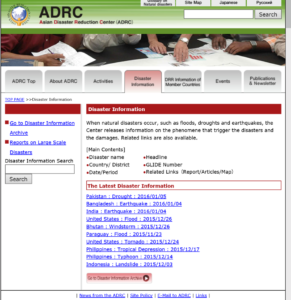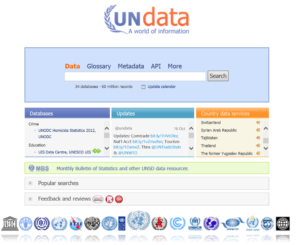I had a query on historical earthquake information in Japan. Therefore, I update the new useful disaster information especially historical data in Japan.
The followings are the same as the disaster information 4.
Flood list: an excellent source of flood disasters
floodlist.com/tag/thailand
AHA center- adinet: disasters in ASEAN countries can be browsed and also checked in detail.
DRH-Asia: cases on local knowledge and their applications related to the technologies in Asian countries can be found.
http://drh.bosai.go.jp/
The post of the disaster information 3 is the followings:
https://disasterresearchnotes.site/archives/3171
——
Introduced you to the following disaster information.
1) General info. 2) Database 3) Update info
1) General info is the first website to check.
1. UNISDR

2) Database is the base to analyze the target disasters.
1. EM-DAT

2. Desinventar

The disinventar is very accurate and detailed, however, the listed
countries are limited.
3) Update info. Is the website, we can check on a daily basis.
These are also useful to overview of the recent disasters.
1. ReliefWeb

2. ADRC

3. ROSE

4. GDACS

Concerning, data on demographic, socioeconomic, and others, we should
clarify the levels from national to local.
County Level
1. UN data

2. World Bank open data

3. CIA world factbook

Provincial (States) Level
1. Government Office (National Statistics Office,etc.)
Community Level
1. Local Government Office
When we investigate the disasters, we first go to the ADRC (if the country is Asia) and Relief Web to see some significant numbers such as the death toll and affected numbers. Then, check the disaster history of the target areas by EM-DAT and Desinventar (if the country is listed). We also overview the county’s background by CIA world fact book and check some socio-economic data by UN or World bank open data. In addition, the local government or community data of the target area are significant to be accessed. These are the primary action to grasp the whole picture of the disaster.


